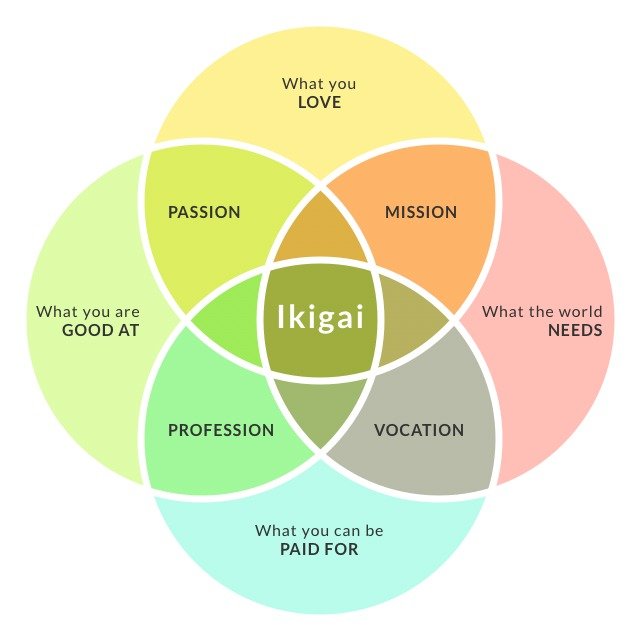SY0-701 Certified Questions, Accurate SY0-701 Test
What's more, part of that PassLeader SY0-701 dumps now are free: https://drive.google.com/open?id=1-yOVQrDK2TihAep73q2q2iB7PiU2gSm5
Our SY0-701 exam guide has high quality of service. We provide 24-hour online service. If you have any questions in the course of using the SY0-701 exam questions, you can contact us by email. We will provide you with excellent after-sales service with the utmost patience and attitude. And we will give you detailed solutions to any problems that arise during the course of using the SY0-701 practice torrent. And our SY0-701 study materials welcome your supervision and criticism. With the company of our SY0-701 study materials, you will find the direction of success.
All the IT professionals are familiar with the CompTIA SY0-701 exam. And all of you dream of owning the most demanding certification. So that you can get the career you want, and can achieve your dreams. With PassLeader's CompTIA SY0-701 Exam Training materials, you can get what you want.
>> SY0-701 Certified Questions <<
Quiz Accurate CompTIA - SY0-701 Certified Questions
PassLeader also offers a demo of the CompTIA SY0-701 exam product which is absolutely free. Up to 1 year of free CompTIA Security+ Certification Exam (SY0-701) questions updates are also available if in any case the sections of the CompTIA SY0-701 actual test changes after your purchase. Lastly, we also offer a full refund guarantee according to terms and conditions if you do not get success in the CompTIA Security+ Certification Exam Certification Exam after using our SY0-701 product. These offers by PassLeader save your time and money. Buy CompTIA Security+ Certification Exam (SY0-701) practice material today.
CompTIA SY0-701 Exam Syllabus Topics:
Topic
Details
Topic 1
- Threats, Vulnerabilities, and Mitigations: In this topic, you'll find discussions comparing threat actors and motivations, explaining common threat vectors and attack surfaces, and outlining different types of vulnerabilities. Moreover, the topic focuses on analyzing indicators of malicious activity in scenarios and exploring mitigation techniques used to secure enterprises against threats.
Topic 2
- General Security Concepts: This topic covers various types of security controls, fundamental security concepts, the importance of change management processes in security, and the significance of using suitable cryptographic solutions.
Topic 3
- Security Architecture: Here, you'll learn about security implications across different architecture models, applying security principles to secure enterprise infrastructure in scenarios, and comparing data protection concepts and strategies. The topic also delves into the importance of resilience and recovery in security architecture.
Topic 4
- Security Program Management and Oversight: Finally, this topic discusses elements of effective security governance, the risk management process, third-party risk assessment, and management processes. Additionally, the topic focuses on security compliance requirements, types and purposes of audits and assessments, and implementing security awareness practices in various scenarios.
Topic 5
- Security Operations: This topic delves into applying common security techniques to computing resources, addressing security implications of proper hardware, software, and data asset management, managing vulnerabilities effectively, and explaining security alerting and monitoring concepts. It also discusses enhancing enterprise capabilities for security, implementing identity and access management, and utilizing automation and orchestration for secure operations.
CompTIA Security+ Certification Exam Sample Questions (Q204-Q209):
NEW QUESTION # 204
A client demands at least 99.99% uptime from a service provider's hosted security services. Which of the following documents includes the information the service provider should return to the client?
- A. MOA
- B. MOU
- C. SOW
- D. SLA
Answer: D
Explanation:
A service level agreement (SLA) is a document that defines the level of service expected by a customer from a service provider, indicating the metrics by which that service is measured, and the remedies or penalties, if any, should the agreed-upon levels not be achieved. An SLA can specify the minimum uptime or availability of a service, such as 99.99%, and the consequences for failing to meet that standard. A memorandum of agreement (MOA), a statement of work (SOW), and amemorandum of understanding (MOU) are other types of documents that can be used to establish a relationship between parties, but they do not typically include the details of service levels and performance metrics that an SLA does. References: CompTIA Security+ Study Guide: Exam SY0-701, 9th Edition, page 16-17
NEW QUESTION # 205
You are security administrator investigating a potential infection on a network.
Click on each host and firewall. Review all logs to determine which host originated the Infecton and then deny each remaining hosts clean or infected.
Answer:
Explanation:
Explanation:
Based on the logs, it seems that the host that originated the infection is 192.168.10.22. This host has a suspicious process named svchost.exe running on port 443, which is unusual for a Windows service. It also has a large number of outbound connections to different IP addresses on port 443, indicating that it is part of a botnet.
The firewall log shows that this host has been communicating with 10.10.9.18, which is another infected host on the engineering network. This host also has a suspicious process named svchost.exe running on port 443, and a large number of outbound connections to different IP addresses on port 443.
The other hosts on the R&D network (192.168.10.37 and 192.168.10.41) are clean, as they do not have any suspicious processes or connections.
NEW QUESTION # 206
Which of the following would be the best way to handle a critical business application that is running on a legacy server?
- A. Segmentation
- B. Decommissioning
- C. Isolation
- D. Hardening
Answer: A
Explanation:
The device is STILL running a critical application. therefore it needs to be connected to the network. a compensating mechanism for this scenario would be segmentation as this would limit the ability of an attacker to pivot from the vulnerable server to the rest of the network.as possible.
NEW QUESTION # 207
Which of the following would most likely be deployed to obtain and analyze attacker activity and techniques?
- A. IDS
- B. Layer 3 switch
- C. Firewall
- D. Honeypot
Answer: D
NEW QUESTION # 208
A data administrator is configuring authentication for a SaaS application and would like to reduce the number of credentials employees need to maintain. The company prefers to use domain credentials to access new SaaS applications. Which of the following methods would allow this functionality?
- A. MFA
- B. LEAP
- C. PEAP
- D. SSO
Answer: D
Explanation:
SSO stands for single sign-on, which is a method of authentication that allows users to access multiple applications or services with one set of credentials. SSO reduces the number of credentials employees need to maintain and simplifies the login process. SSO can also improve security by reducing the risk of password reuse, phishing, and credential theft. SSO can be implemented using various protocols, such as SAML, OAuth, OpenID Connect, and Kerberos, that enable the exchange of authentication information between different domains or systems. SSO is commonly used for accessing SaaS applications, such as Office 365, Google Workspace, Salesforce, and others, using domain credentials123.
B: LEAP stands for Lightweight Extensible Authentication Protocol, which is a Cisco proprietary protocol that provides authentication for wireless networks. LEAP is not related to SaaS applications or domain credentials4.
C: MFA stands for multi-factor authentication, which is a method of authentication that requires users to provide two or more pieces of evidence to prove their identity. MFA can enhance security by adding an extra layer of protection beyond passwords, such as tokens, biometrics, or codes. MFA is not related to SaaS applications or domain credentials, but it can be used in conjunction with SSO.
D: PEAP stands for Protected Extensible Authentication Protocol, which is a protocol that provides secure authentication for wireless networks. PEAP uses TLS to create an encrypted tunnel between the client and the server, and then uses another authentication method, such as MS-CHAPv2 or EAP-GTC, to verify the user's identity. PEAP is not related to SaaS applications or domain credentials.
References = 1: Security+ (SY0-701) Certification Study Guide | CompTIA IT Certifications 2: What is Single Sign-On (SSO)? - Definition from WhatIs.com 3: Single sign-on - Wikipedia 4: Lightweight Extensible Authentication Protocol - Wikipedia : What is Multi-Factor Authentication (MFA)? - Definition from WhatIs.com : Protected Extensible Authentication Protocol - Wikipedia
NEW QUESTION # 209
......
How can our SY0-701 study questions are so famous and become the leader in the market? Because our SY0-701 learning braindumps comprise the most significant questions and answers that have every possibility to be the part of the real exam. As you study with our SY0-701 Practice Guide, you will find the feeling that you are doing the real exam. Especially if you choose the Software version of our SY0-701 training engine, which can simulate the real exam.
Accurate SY0-701 Test: https://www.passleader.top/CompTIA/SY0-701-exam-braindumps.html
P.S. Free & New SY0-701 dumps are available on Google Drive shared by PassLeader: https://drive.google.com/open?id=1-yOVQrDK2TihAep73q2q2iB7PiU2gSm5




